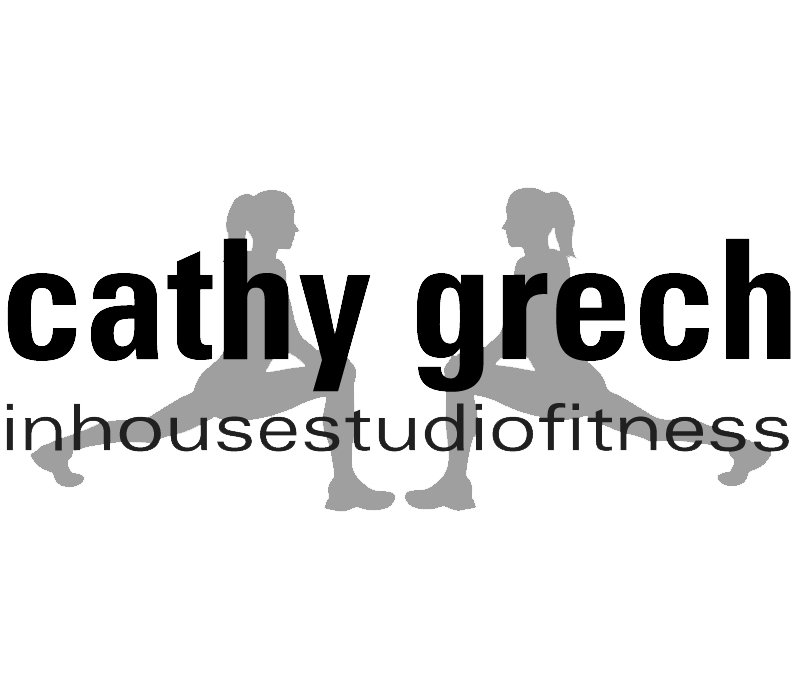Sarcopenia and how to stay strong
Ever noticed it’s harder to get up off the floor, lift something heavy, or even stand on one leg for long? You might be feeling the effects of sarcopenia—age-related muscle loss that tends to sneak up on us after 40.
From about age 30, we naturally lose 3–8% of our muscle mass every decade, and this speeds up as we hit our 40s and 50s. But here’s the good news: you can slow it down—and even reverse it—with the right approach.
Why should you care about sarcopenia?
Muscle isn’t just about strength—it affects:
Balance and coordination
Bone health
Energy and metabolism
Your ability to stay active and independent
Sarcopenia can lead to fatigue, weight gain, reduced mobility, and a greater risk of falls. But with the right training and support, you can continue to be – or become - strong, active, and confident.
What causes sarcopenia?
Sarcopenia isn’t just “getting old.” It’s influenced by:
Reduced physical activity
Lower protein intake
Hormonal changes
Chronic inflammation or illness
Sedentary lifestyle—which many of us fall into due to busy work/family schedules and then we simply don’t feel motivated to go back to it when our outside obligations reduce.
Signs you might be losing muscle
As with all things that affect our health, being aware of changes in ourselves is important and can help you catch an issue before it becomes a major problem. Changes to be aware of when it comes to sarcopenia include:
Slower walking speed
Weaker grip strength
Trouble with daily tasks such carrying groceries, climbing stairs, or even getting up out of a chair
Feeling more tired or unsteady
Noticeable loss of muscle tone
If you’re nodding your head at any of these signs, it’s time to take action - and it’s never too late to start.
How to manage sarcopenia
You’ll be pleased to know that even if you do love working out, managing sarcopenia doesn’t mean hitting the gym for hours on end, benching big weights or overdosing on burpees. It’s about smart, consistent habits that build strength and support your overall health.
1. Prioritise strength training
Resistance training is the gold standard for rebuilding lost muscle. In my group training sessions (both online and in person), we focus on:
Functional strength (think: lifting, reaching, squatting, getting up off the floor)
Progressive resistance using bodyweight or weights
Safe, effective techniques that suit your body
2. Move daily
Movement matters—even on non-training days. Walking, stretching, or light cardio all help keep your muscles engaged and your joints mobile. If you are struggling with walking, have a think about doing it in water. Jumping in a pool and walking is fantastic for building strength thanks to the resistance from the water while minimising harmful impact.
3. Eat enough protein
Protein is crucial for muscle maintenance. Aim to include a good protein source at every meal—think lean meats, eggs, legumes, or dairy. Hydration and balanced nutrition matter too so drink lots of water and eat vegies of all colours!
4. Get expert guidance
Working with a qualified personal trainer (like me!) means:
You get a program designed for your current fitness level and injuries, not a one-size-fits-all plan
You train safely, with support and accountability
You stay consistent—and consistency builds results
And maybe the most important point is that my group sessions are loads of fun and filled with laughs! If you are enjoying yourself, you are more likely to stick with it.
Why train with me?
As a personal trainer with years of experience working with men and women of all ages, I understand how the body changes—and how to help you adapt. Whether you’re brand new to training or looking to get back into it, I’ll help you get moving and tick off your fitness and health goals.
At In House Studio Fitness, you can choose from:
In-person group training – friendly, supportive, and fun
Online sessions – train from home with expert guidance
Programs designed for bodies of all ages no matter your fitness – low impact, joint-friendly, and effective
Want to see what it’s like? Click here to try a group class or call me to chat about your goals.
Final thoughts
Sarcopenia might be part of aging—but losing strength, mobility, and confidence doesn’t have to be. The sooner you start moving with intention, the better your long-term health and independence will be.
And remember, you don’t have to figure it out alone. I’m here to help you take the next step.
